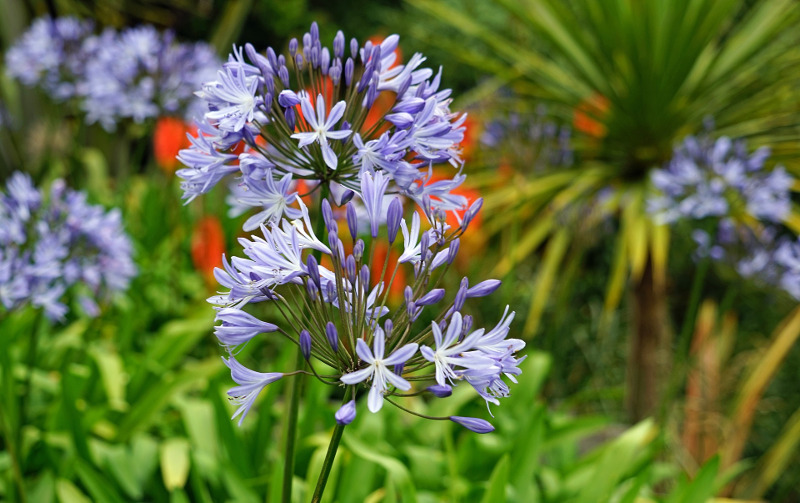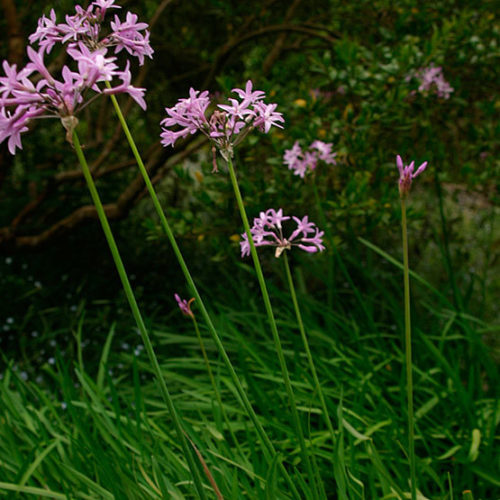Seasonal Agapanthus Care: Planning For Winter Season and Summer season
Seasonal Agapanthus Care: Planning For Winter Season and Summer season
Blog Article
The Ultimate Agapanthus Manual: Every Little Thing You Need to Understand About Growing, Maintaining, and Enjoying These Gorgeous Blossoms
Within the realm of horticulture, few blossoms emanate the sophistication and beauty rather like agapanthus. The Ultimate Agapanthus Manual offers as an extensive overview to aid you navigate the world of these spectacular blossoms, covering whatever from selecting the excellent range for your yard to understanding the art of upkeep and treatment.

Agapanthus Varieties: Picking the Right One
When picking an Agapanthus variety, it is essential to think about aspects such as bloom shade, elevation, and hardiness to make sure the ideal fit for your yard. The flower color of Agapanthus varies from shades of blue and purple to even bi-colored and white flowers, using a vast selection of options to complement your garden's color system. In addition, elevation is an important element to consider as Agapanthus ranges can range from dwarf varieties that remain under a foot high to larger selections that can reach up to 4 feet in height.

Planting Tips for Healthy Development
To ensure successful growth and development of Agapanthus plants, appropriate growing strategies are vital for establishing a healthy and balanced foundation. Begin by selecting an appropriate location that receives full sun to partial shade, as Agapanthus flourishes in these problems. The soil needs to be well-draining to stop waterlogging, which can cause root rot. Before planting, modify the soil with organic matter like garden compost to boost its fertility and framework.
When growing Agapanthus, make sure the crown-- where the origins fulfill the stems-- goes to soil level. Spacing between plants ought to have to do with 12-24 inches to permit sufficient airflow and future development. Water freshly planted Agapanthus deeply to help the origins establish themselves. Mulching around the plants can aid maintain moisture and reduce weeds.
Routine watering is vital, especially throughout the expanding period, to promote healthy and balanced blooming. Fertilize Agapanthus in the spring with a balanced fertilizer to sustain durable growth and vivid blossoms. By adhering to these growing tips, you can take pleasure in lovely and growing Agapanthus plants in your yard.
Vital Care and Upkeep Practices
Having actually developed a strong foundation with appropriate planting techniques, the next essential action for guaranteeing the health and vigor of Agapanthus plants lies in applying important care and upkeep practices. Agapanthus plants benefit from a well balanced fertilizer application in the spring to sustain healthy and balanced growth and lively blooms.
Deadheading spent blossoms promotes continuous blooming and stops the plant from expending power on seed production. Furthermore, dividing jampacked clumps every couple of years revitalizes the plants, advertises much better blooming, and stops overcrowding. Agapanthus plants are usually low-maintenance yet might gain from regular inspection for conditions and insects. Snails and slugs can be controlled via hand-operated elimination or eco-friendly pest control approaches. By complying with these important care and maintenance methods, gardeners can take pleasure in the appeal of Agapanthus plants every year (Agapanthus).
Making The Most Of Blossoms: Feeding and Watering
Executing a critical feeding and watering program is necessary for taking full advantage of the blooming potential of Agapanthus plants throughout the expanding period. Agapanthus plants require a balanced technique to feeding and watering to flourish and create a wealth of lovely blossoms. When it involves feeding, using a balanced plant food with a greater potassium material can advertise flower production. It is recommended to use a slow-release plant food at the beginning of the expanding season and afterwards supplement with a liquid plant food every 4-6 weeks throughout the active development duration.
In terms of watering, Agapanthus plants prefer well-drained but continually damp soil. By following a regular feeding and sprinkling regular, you can ensure that your Agapanthus plants flourish and produce a remarkable display of blossoms.
Imaginative Ways to Enjoy Agapanthus Flowers
Cut Agapanthus flowers can be organized in a wikipedia reference flower holder on their own or mixed with various other corresponding blossoms to add a touch of elegance to any kind of space. Growing Agapanthus in clusters along borders or pathways can develop a striking aesthetic impact in your yard. Furthermore, you can over at this website make use of Agapanthus flowers to add a pop of shade to your patio area or balcony by putting potted plants tactically to brighten up your outdoor living rooms.
:max_bytes(150000):strip_icc()/agapanthus-growing-guide-7368912_04-66a3f4cf245b4332b28954dd37c784f5.jpg)
Verdict
In conclusion, agapanthus flowers are a beautiful enhancement to any type of garden, with a variety of types to select from. Get creative with how you enjoy agapanthus, whether in bouquets, plans, or as a focal point in your garden.

Agapanthus plants benefit from a well balanced plant food application in the springtime to support healthy and balanced development and vivid blossoms.
Executing a strategic feeding and watering program is essential for optimizing the flowering capacity of Agapanthus plants throughout the expanding go to my site season. Agapanthus plants need a balanced strategy to feeding and watering to thrive and create a wealth of beautiful blooms. Additionally, you can use Agapanthus flowers to add a pop of shade to your patio area or terrace by putting potted plants tactically to brighten up your outside living rooms.
Report this page